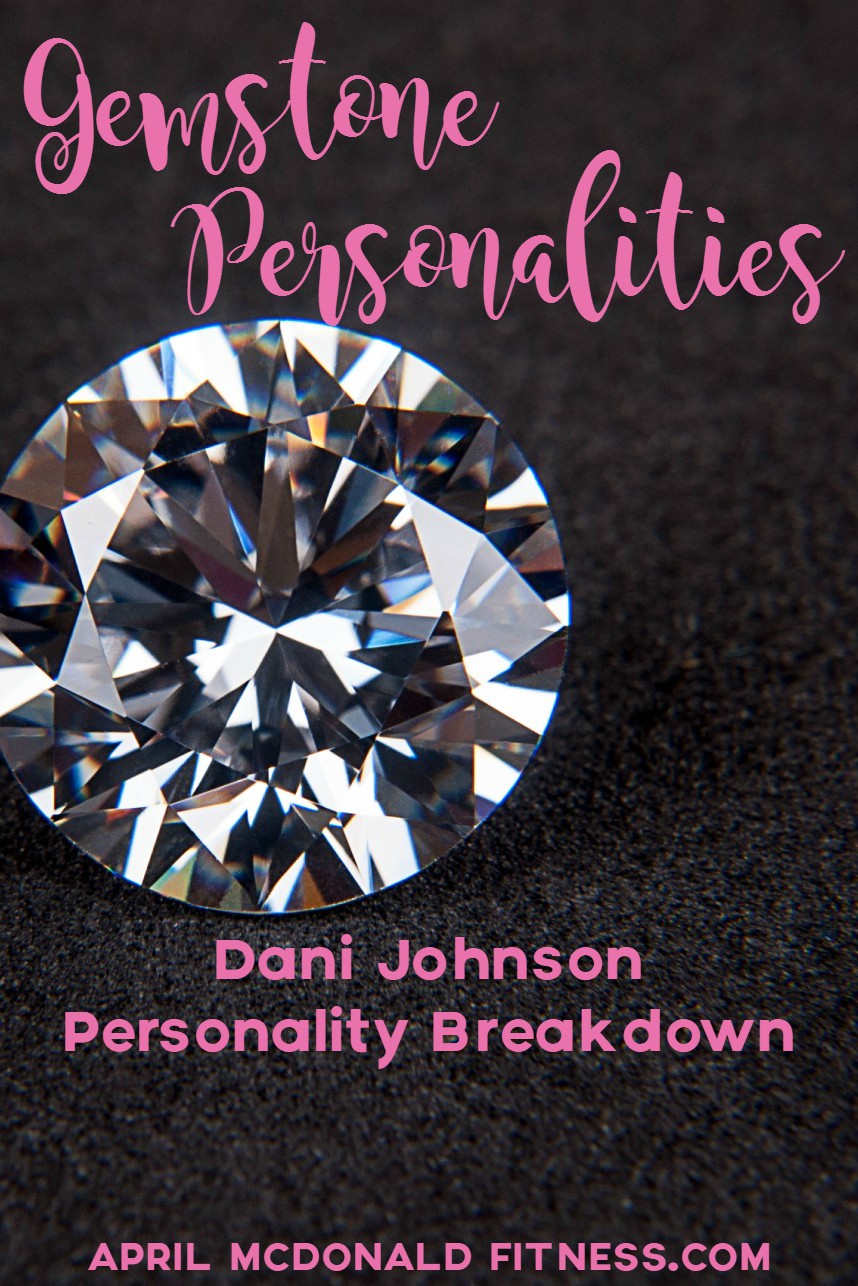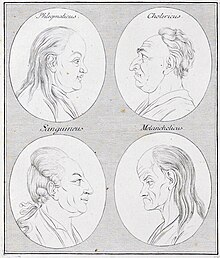Defining your own personality type, along with the people who you are close with, is one of the most valuable things that you can do. I realized that others aren’t motivated by the same things I’m motivated by (see the test here – Shannon Hargrave).
A great book that helps put this into perspective is Personality Plus by Florence Litthauer! It helps you realize that you can effectively communicate with others by listening to them more and also understanding how they learned and thrived by categorizing them into these styles.
You will build stronger foundations and trust between you. I encourage you to do this as well.
The 4 Personality Gems come from the motivational speaker Dani Johnson. Johnson says, “You have all four Gem characteristics in you. Some people have a lot of two Gems and very little of the others. Others have quite a bit of each one in them, but they lead and communicate in one primary Gem most of the time.”
Once you understand your GEM type, you can learn to spot other GEMS™ quickly.
Walk through these various scenarios and answer the questions honestly. Remember, the only right answer is an honest answer! Not all of these scenarios will apply to you perfectly, because we are all different. So just place a check mark next to the answer that is most appropriate or you feel best describes you.
Pass the GEM TEST on your personality.
Once you identify your own personality type, or GEM, and get comfortable with your own language, you will
also spot other GEMS quickly. Being able to identify yourself and others will allow you to communicate
more effectively and speak to others in their language.
You will notice that both your personal and working relationships will become less stressful, more
productive, and more fulfilling in every way.
Downoad eBook by Dan Lok “Gem Theory and closing sales…” and pass the test inside the book >>>
* * *
Notice: That kind of 4-types personality theory (Gem theory) is not the only one (see Hippocrates “4 Humours”, Empedocles “4 elements” or Galen, Karl Gustav Jung “4 temperaments”)
Empedocles theory suggested that four elements: earth, fire, water, and air; earth produce the natural systems. Since this theory was influential for centuries, later scholars paired qualities associated with each humour as described by Hippocrates-Galen with seasons and “basic elements” as described by Empedocles [18].
The following table shows the four humors with their corresponding elements, seasons, sites of formation, and resulting temperaments:[19]
| Humour | Season | Ages | Element | Organ | Qualities | Temperament |
| Blood | spring | infancy | air | liver | moist and warm | sanguine |
| Yellow bile | summer | youth | fire | gallbladder | warm and dry | choleric |
| Black bile | autumn | adulthood | earth | spleen | dry and cold | melancholic |
| Phlegm | winter | old age | water | brain/lungs | cold and moist | phlegmatic |
The four temperaments as depicted in an 18th-century woodcut: phlegmatic, choleric, sanguine and melancholic.




